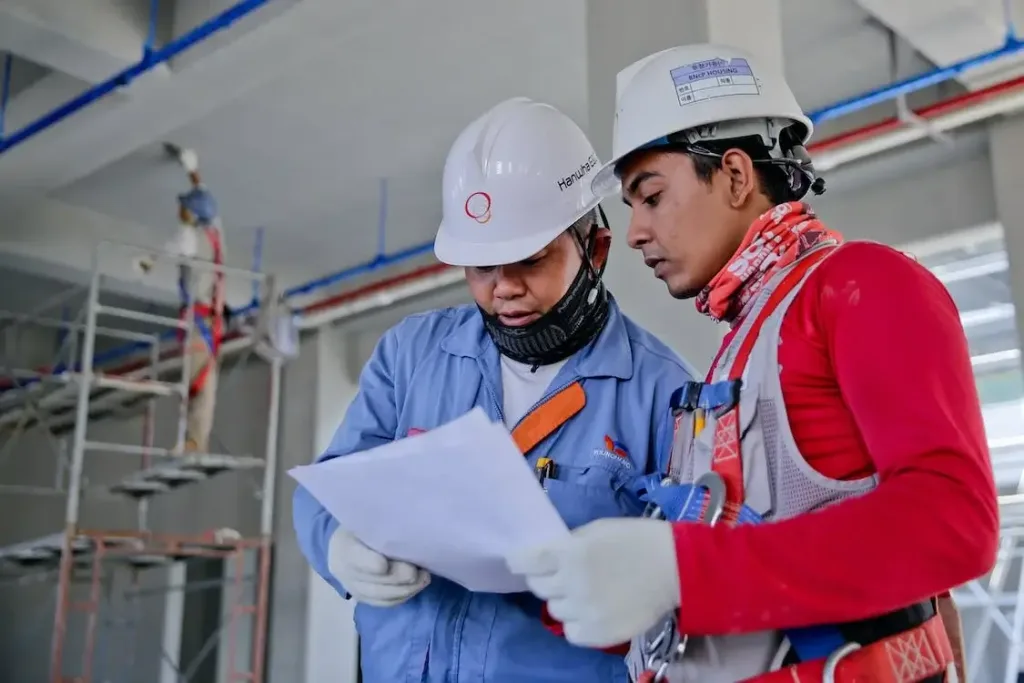Have you ever thought about taking on an attic insulation project yourself? DIY projects are always tempting; after all, who doesn’t want to save some extra cash by doing work themselves? However, professional installations have advantages, too, because the job may get done faster and with fewer potential problems. So what should you choose if you’re looking into improving your attic’s insulation?
In this article, we’ll take a look at DIY vs professional attic installation methods so that you can make an informed decision about how best to insulate your attic space. Let’s dive in!
Benefits Of Insulation
The importance of attic insulation must be balanced. Properly installed insulation can reduce noise, improve energy savings, and provide fire protection while helping prevent mold growth and control moisture levels.
Adding insulation to your attic is the easiest way to create a comfortable home environment. Trapping hot air in the summertime keeps you cooler; trapping cold air during winter months helps keep you warm. Less money is spent on utilities throughout the year! And being less susceptible to fires due to their improved fire resistance ratings.
Mold and mildew thrive in damp spaces without proper ventilation or airflow, but well-insulated attics can easily avoid these issues. Moisture control systems also help protect against any potential water damage from snow or rain entering through leaks in roofs or walls.
Types Of Insulation
When it comes to attic insulation, there are various types of materials available on the market. Fiberglass insulation is one of the most common and cost-effective options for insulating an attic space. It can be installed as batts between studs or blown into places in attics with existing insulation. Additionally, spray foam insulation provides a great air seal when sprayed directly onto walls and ceilings.
Reflective insulation helps reduce heat transfer from outside temperatures by reflecting more heat away from the home’s interior spaces. Loose-fill insulation works well for irregularly shaped areas because it can be easily spread throughout the area without leaving gaps around edges or corners. Lastly, rigid board insulation effectively reduces sound transmission through floors and ceilings. Still, it requires more time to install than other forms of attic insulation due to its size and shape requirements.
The type of attic insulation you choose will depend on how much energy efficiency you want to achieve in your DIY installation capabilities versus hiring a professional installer.
DIY Vs Professional Installation
There are several factors to consider in DIY vs professional attic insulation. Understanding these can help ensure your attic remains energy efficient and comfortable in all seasons.
- Cost Savings: Professional installations often cost more than DIY projects but may also be eligible for tax credits or other incentives from local utility companies. Research what savings options might be available before deciding which approach makes sense financially.
- Environmental Impact: A professional installer will likely use eco-friendly materials and practices with less environmental impact than do-it-yourself methods. This may result in higher upfront costs but could save money over time with lower energy bills and improved home comfort.
- Attic Ventilation: Proper ventilation is essential for maintaining an energy-efficient attic space regardless of the type of insulation used. Due to their expertise, DIY installers should take extra care to ensure proper airflow through their attics, while professionals can typically guarantee adequate air exchange between rooms.
No matter which option you choose, it’s important to understand how each impacts your budget and the environment to make an informed decision about insulating your attic.
Cost Comparison
The primary factor determining your project’s total cost is the type of insulation material you choose. Insulation materials can range from inexpensive to costly depending on factors like R-value, thickness, and coverage area. Professional installation also plays a role in overall cost, as labor costs are typically higher than those associated with a DIY job.
Generally speaking, material costs for DIY projects tend to be lower because you won’t have to pay for any labor fees or additional services such as equipment rental or waste removal. However, suppose you need to become more familiar with properly installing insulation or feel uncomfortable tackling this type of project. In that case, it may cost more when factoring in potential mistakes or damages caused by inexperience. On the other hand, professional installation usually carries higher upfront costs due to labor charges. But, it can save time and money since they should already have experience working with various insulation materials and tools needed.
So while there’s no right answer to DIY vs professional attic installation, understanding all the costs involved with each option can help you decide which method best fits your needs and budget.
Safety Considerations
Whether you choose a professional installation or a do-it-yourself approach, there are several important points to consider when considering attic insulation safety.
First, if you opt for a professional installation, ensure the workers know exactly how much insulation is needed and which type will be most effective in your home. Also, confirm they have all proper certifications and licenses before allowing them into your space. This will help ensure that the job is done right the first time and can help prevent any issues.
Second, if you go with a DIY install, research best practices beforehand to reduce the risk of problems during installation, do not skimp on materials; use quality products from trusted suppliers. Additionally, take necessary precautions, such as wearing protective gear and using ladders safely while installing insulation in your attic. Lastly, ensure that you follow local building codes for additional protection against potential hazards associated with do-it-yourself projects like this one.

Energy Efficiency
DIY insulation can be a great way to save money and often offers good thermal protection for the home. However, professional installation may offer even greater long-term benefits in terms of energy efficiency.
Enlisting professionals to insulate an attic will likely provide superior results than doing it yourself. Professionally installed insulation helps optimize heating costs while ensuring all attic areas are properly sealed and insulated. In addition, homeowners who opt for professional installation typically see lower monthly bills due to improved energy efficiency.
DIY installations are certainly less expensive upfront but may require more maintenance down the road as air leaks or other issues could arise from improper installation techniques. Plus, if not done correctly, DIYers risk leaving gaps between pieces of insulation which could limit its effectiveness at keeping heated and cooled air inside the home where it belongs – potentially leading to higher heating costs during winter months or colder rooms in the summertime.
Conclusion
The decision between DIY vs professional attic insulation largely depends on personal preference and budget constraints; however, if you want guaranteed results, consider hiring a professional installer with experience working with various types of insulation materials for optimal performance. With their help, you’ll ensure that your investment pays off in terms of energy savings and improved comfort!
At Tropic Air Conditioning, our professional installers have the expertise to determine the property insulation type and install it correctly to maximize its benefit. If you want to know more about how we can help you, simply contact us.




